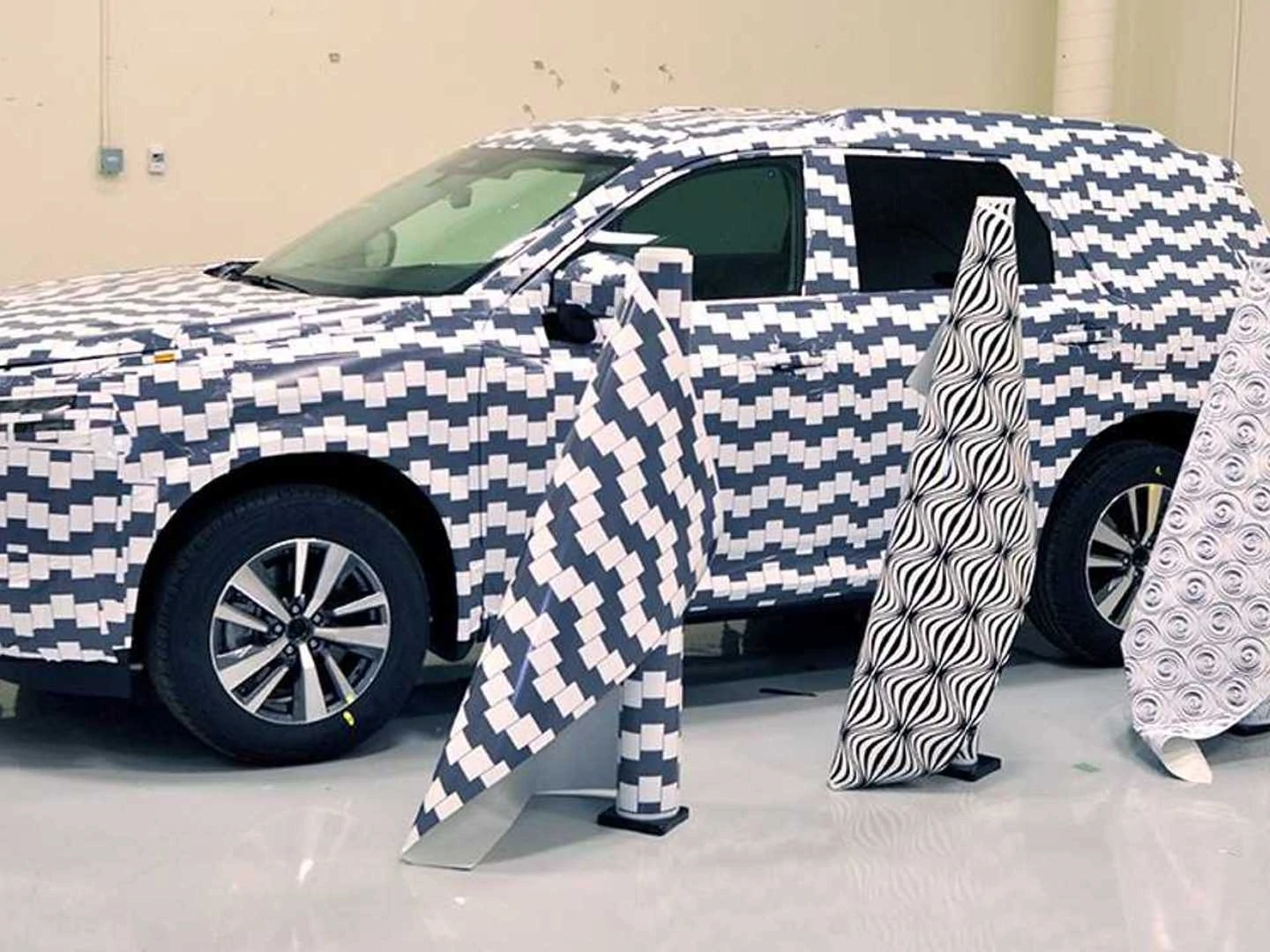Are you inspired by submarine warfare?
These patterns are developed and researched more than you might think. Every pattern is unique, but Ford was the clear winner with their pattern that confuses both the human eye as well as the autofocus camera systems. The camouflage isn’t perfect. Even though the pattern may be obscured by backlighting, it can still be seen.

GM threw everybody for a loop during the development of its Express minivans. Instead of opting for traditional disorientation strategies, engineers tried to blend in with traffic. The company disguised one van in its Express minivans as an airline shuttle service and the other as a plumbing van.
It doesn’t matter if you don’t look twice when you spot a van labelled “John Smith Plumbing”, written in comic sans, spying is a dangerous profession. Brenda Priddy is one example of a photographer who was caught wrong side of the lens. She was physically attacked (with a broken nose), hit by a car and pelted with rocks.
Manufacturers can find unwarranted photos to be a double-edged sword. Although they may not want to reveal the details of future vehicles to the public, this is a great opportunity for publicity. Next time you take a picture of a test mule, think twice.